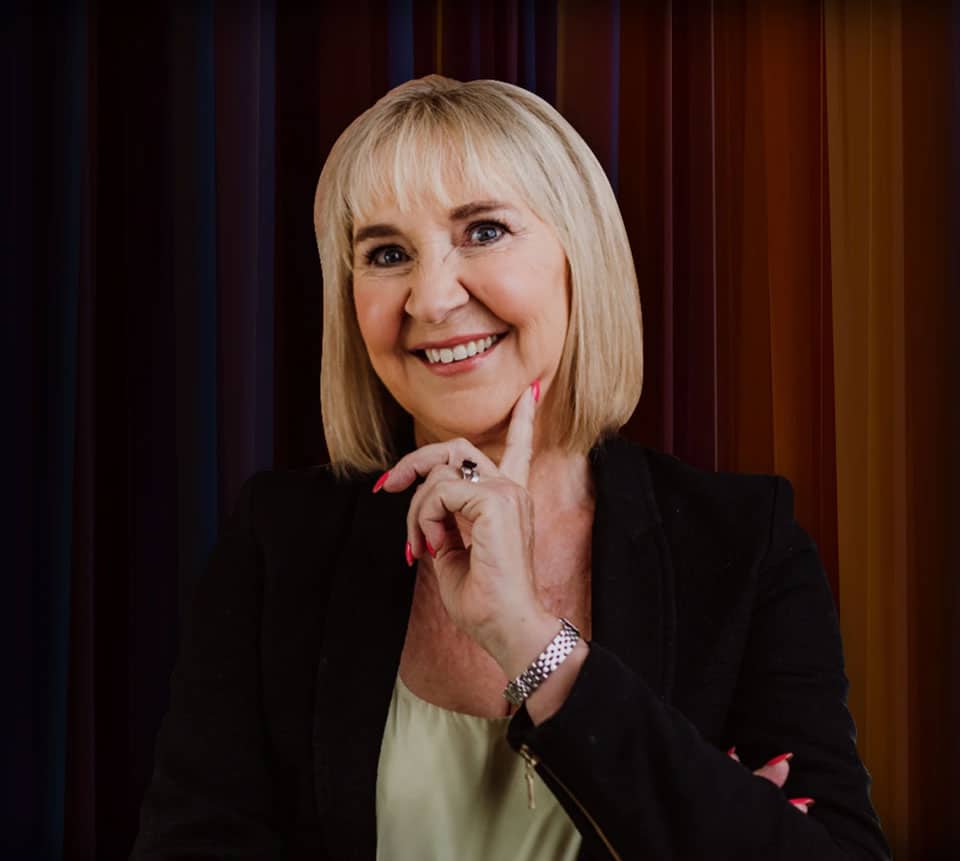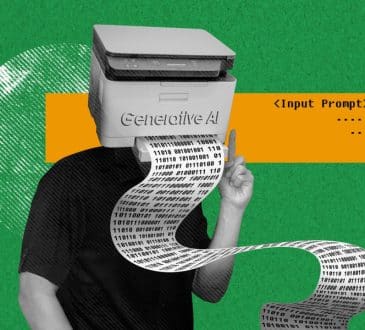The Future Belongs to the Visionaries: Perhaps???

- A business model defines how a company creates, delivers, and captures value. At any point in time a strong business model creates profitability and sustainability. The challenge in changing times is that yesterday’s successful business model may be inappropriate in today’s market.
- Things like revenue streams, customer segments, cost structures, and value propositions change with changing times.
The new MD of a Fast Moving Consumer Goods Company (FMCG) contacted me to help him develop and implement an new business model. The new model was needed because – the existing market was changing dramatically. With the rising cost of living, people wanted low margin mass goods. The CEO knew that in the company’s range of products there were high margin products that were eagerly sought in new markets that the company was well placed to serve. Thess new markets were growing and exponentially larger than the company’s current market. As the MD had the full support of the board and a good story to take to the market there seemed to be little issue in gaining the increased finance needed to capitalize on the opportunities to take the company to new heights.
Challenge for a visionary leaders
The challenge was the existing company had been built on a formula that was outdated. The existing staff (including many of the company’s leaders) were wedded to the old model and actively worked against the new.
The MD was a cultural creative, someone who, in the words of Robert Kegan (professor of education at Harvard University), was self-authoring. Self-authoring leaders – think independently (they work out what is need in each situation and do it). They don’t rely on old formulas or existing benchmarks. Self authoring , cultural creatives, navigate ambiguity and complexity with ease. They are resilient to external pressures and create rather than react to challenges and change.
Most of the leaders in the new MD’s inherited company were what Kegan’s research call Socialized thinkers i.e. they relied on external validation and social expectation. They sought to fit into yesterday’s social order and avoid conflict. They struggled with independent decision making and with handling complex challenges. Like most Socialized-minded people they fought hard (overtly and covertly) to keep the situation the way it was.
Theory U – creating new business models appropriate for the emerging future
MIT’s Otto Scharmer has developed Theory U, a powerful framework for understanding collaborative leadership in today’s changing world.
A socialized MDs generally develop automatic, top-down approaches. Scharmer suggests shifting from a reactive stance to co-creating the future through deep listening, awareness, and collective action.
Scharmer suggests that old style leadership is based on leaders having strong ego structures and recommends that wise leadership focuses on co-creating solutions with teams, stakeholders, and communities. Theory U has 3 main movements.
- Sensing (observing & listening) to the environment – letting go of old assumptions and attuning to emerging trends
- Presencing (Pause & reflect) – connect with purpose of intuition to find the best path forward
- Realizing (act & prototype) – rapidly co-create and test solutions with an open mind (an example here is how Satya Nadella took Microsoft trough a cultural shift from rigid hierarchy to open innovation – taking the company to a whole new level of success).
The challenge for the FMCG MD was that his existing lieutenants were wedded to old mental models and seemed oblivious to the changing environments and new opportunities. Moreover, they refused to accept and work with all the data that showed the best way forward was promoting their high-margin products into new (hungry and cashed up) markets. The existing leaders were not only unwilling to listen with an open mind and grow – they actively fought change – even change that, from any objective reality, meant they would be way more successful – both as a business and personally.
These people provide a wonderful example of socialized-minded folk. In one of Kegan’s studies he found that socialized minded people often worked again their own best interests – if their best interests necessitated change (even quite simple change) His work on why patients avoided taking life saving medication indicated that in the extreme, socialized minded people would rather die than change.
Scharmer’s work makes it clear that in a rapidly changing world – with fast moving, interconnected systems in a state of constant evolution – no one person has all the answers, so the best way forward is tapping into collective wisdom.
An example of co-creating a vision for success
The development of Buurtzorg (a highly successful health care system in Holland) is a wonderful example of how this can work.
In 2006, Jos de Blok, a former nurse, used Theory U to rethink healthcare. Instead of tweaking the system, he asked:
“What future wants to emerge in healthcare?”
His answer: Put nurses back in charge and let them co-create care.
Sensing (Letting Go of the Old Model)
- He met with nurses and asked, “What’s stopping you from delivering great care?”
- He listened deeply and identified the root cause: Too many layers of management and too little autonomy.
Presencing (Finding a New Vision)
- Instead of fixing the old system, he imagined a completely new model.
- He proposed self-managing nursing teams, where nurses:
o Decide their own schedules.
o Build deep relationships with patients.
o Cut out unnecessary middle management.
Realizing (Prototyping & Scaling the New Model)
- In 2006, he launched Buurtzorg (Dutch for “Neighborhood Care”) with one small team of nurses.
- The model focused on trust, autonomy, and human connection.
- Buurtzorg eliminated 80% of healthcare bureaucracy by giving power back to nurses.
Impact & Success
✅ Buurtzorg became the largest home-care provider in the Netherlands (10,000+ nurses, 850+ teams).
✅ 40% cost savings for the Dutch healthcare system.
✅ Patients are healthier & happier because they receive personalized care.
✅ Inspired healthcare reforms in Sweden, Japan, and the U.S.
Key Takeaways for Leadership Today – what works:-
- Less control, more trust: Empower teams to organize.
- Listen deeply: Co-create solutions with those impacted.
- Start small, scale fast: Small, successful experiments lead to system-wide change.
The MD of the FMCG company did all that – but the blocking from his socialized workforce constantly interrupted the process and put the obtaining of increased finance at risk.
Whole new business models may be needed even essential but unless the work force (especially the leaders) is able to self author they will block wise, co-creation – they will do whatever they can to stay in their comfort zone and keep things as they were – even if this is leading to a precipice of future failure.
So what is the answer.
Clever self-authoring leaders – do all the things suggested by Scharmer – but they do more. They offer their people a chance to grow – so that they can step up to the newly emerging reality. If their people will not grow and a sizable number of people refuse the chance to grow – (63% of people are at socialized thinking or below) then the wise leader exits the blockers.
As Jim Collins wrote in Good to Great: Why Some Companies Make the Leap… and Others Don’t (2001).you have to get “the right people on the bus”
He emphasized that great companies succeed by first ensuring they have the right people in the right seats before deciding on strategy. His idea is that who comes before what—meaning, if you have the right people, they will help you figure out the best path forward.
This was what happened at Buurtzorg, Jos de Blok started out with a small test team who came up with the prototype. When it was shown to work spectacularly others chose to join in with the new model. I might suggest that Buurtzog started with a hand picked group of cultural creatives (self authoring people) who created a model that others then chose to join. Most new CEOs inherit an existing company , company structure and staff. Unless there has been a strong personal growth culture statistics would suggest that the majority of folks in any company are socialized minded and will resist change.
So the new MD has choices:-
- Go with the flow – stay mediocre and simply capitalize on the status quo (possibly a good idea if you want to move on quickly)
- Ruthlessly remove anyone at the top who is not open to growth and change. Let go of anyone who is stubbornly socialized and will be an ongoing block.
- Insist that key leaders engage in a personal/leadership strategic development process so that they are capable of sensing reality as it changes, co-creating the new way forward and engaging stakeholders in creating a better tomorrow.
- Give up and leave before the company you lead becomes too outdated to thrive.
Written by Margot Cairnes.
Have you read?
Countries with the most gold reserves.
World’s Best Public Relations Agencies (Top PR Firms).
Countries with the highest human freedom.
World’s Safest & Most Dangerous Countries For Travelers.
Bring the best of the CEOWORLD magazine's global journalism to audiences in the United States and around the world. - Add CEOWORLD magazine to your Google News feed.
Follow CEOWORLD magazine headlines on: Google News, LinkedIn, Twitter, and Facebook.
Copyright 2025 The CEOWORLD magazine. All rights reserved. This material (and any extract from it) must not be copied, redistributed or placed on any website, without CEOWORLD magazine' prior written consent. For media queries, please contact: info@ceoworld.biz








